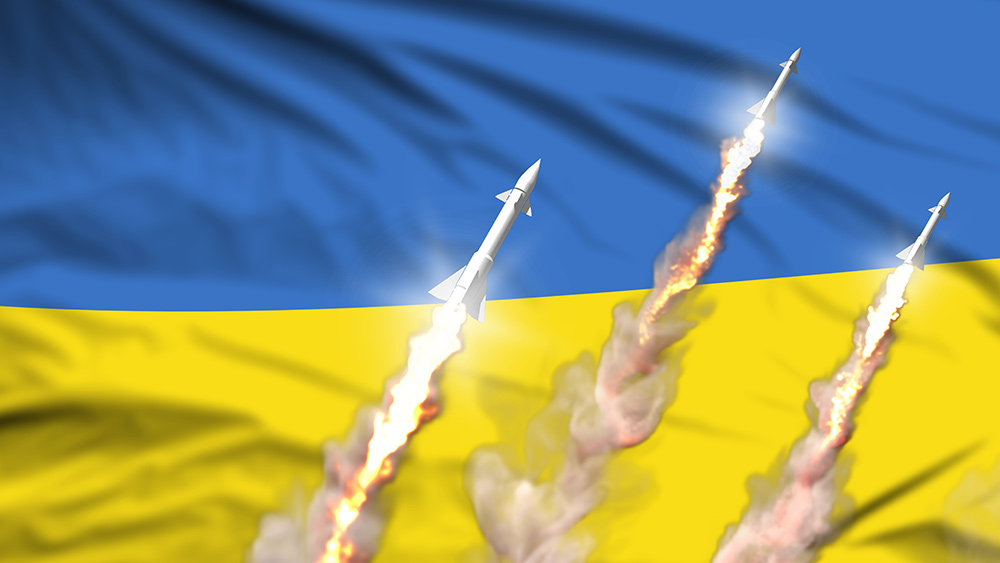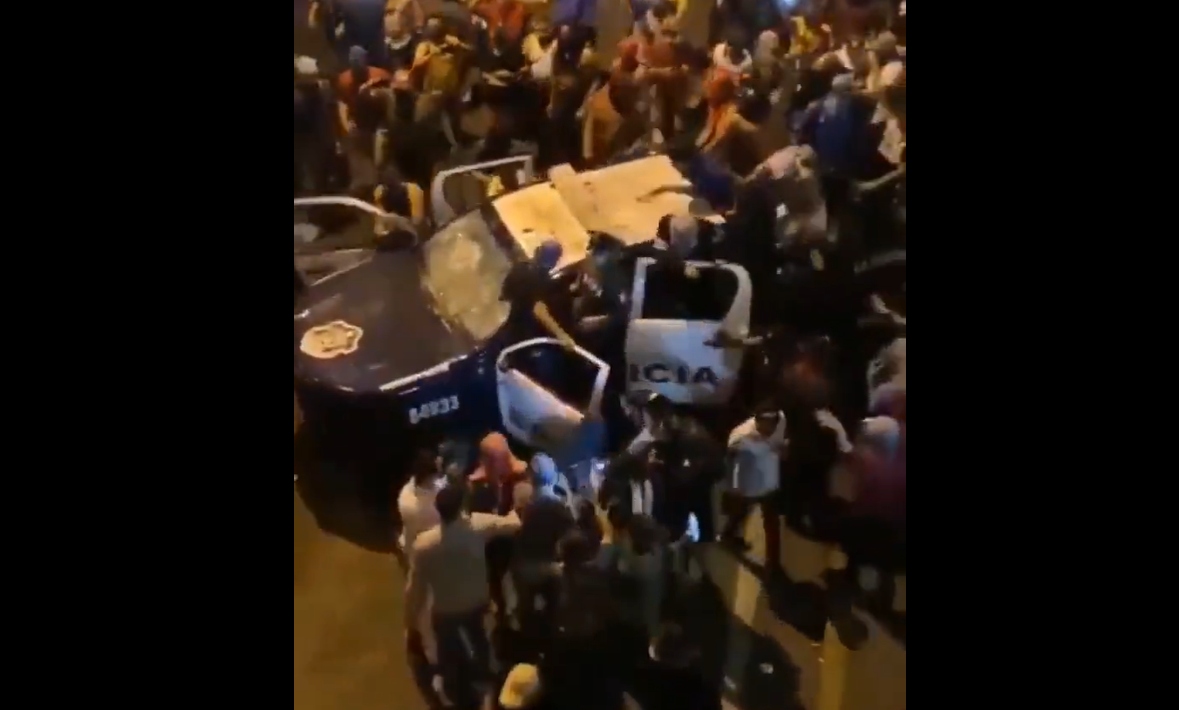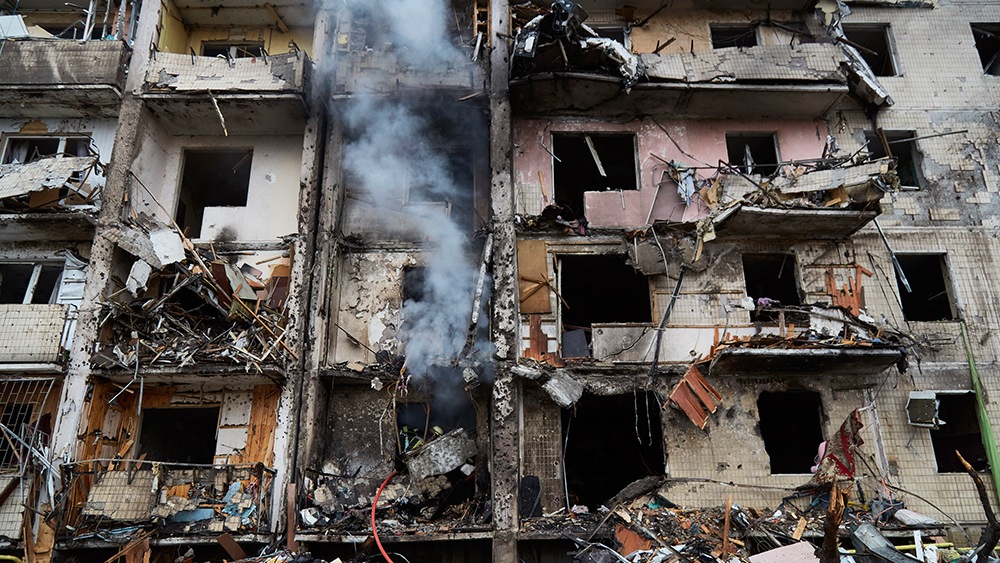Ukraine is running out of air defense missiles amid Russian aerial bombing campaign
10/27/2022 / By Cassie B.

As Russia ramps up its cruise missile and kamikaze drone attacks, Ukraine’s anti-aircraft defenses are running low, and the country is now on the verge of running out of surface-to-air missiles.
At the heart of Ukraine’s aerial defenses are older anti-aircraft systems that they inherited following the collapse of the Soviet Union, which makes them at least 30 years old, if not more. Despite their age, they have proven effective against incoming Russian projectiles.
The deputy commander of a battalion in the Kiev region, Vladimir Kliman, said that although his unit has never missed a target in the conflict, the country does not have enough of these systems to cover the entire territory.
He said: “There are some Russians who are not stupid and know how to think. And so they’re trying to get around our air defense systems by using the landscape or intelligence about where we’re located. They’re trying to beat us, too. But if the system sees the target and locks in on it, then it will shoot it down.”
An official responsible for training the country’s anti-aircraft missile forces, Denis Smazhny, echoed the concerns about the shortfall and said that the old systems need to be replaced because they cannot keep up with the current threats.
The positions of Ukraine’s air defenses are regularly changed according to the missile routes that forces expect the Russians to use, but Russia is constantly adjusting its approach in response.
As part of its quest to conserve surface-to-air rockets for the high-precision Russian missiles that cause the greatest destruction, Ukraine has been scrambling fighter jets to shoot down Russian kamikaze drones coming in from across the border. One pilot recently took out five of them before he had to eject from his aircraft.
Russia has recently intensified its aerial bombing campaign, targeting critical infrastructure in Ukraine with drones and cruise missiles following the Crimean bridge bombing, which Russia has said it considers a terrorist attack by Ukraine. The blast, which caused the transport artery to sustain heavy damage, was cheered by Ukrainian officials, but Kiev has denied being involved in the attack.
UK, Germany and U.S. sending more aid
Several Western nations have offered to provide Ukraine with more anti-aircraft defenses in the wake of the increase in aerial bombings. British Defense Secretary Ben Wallace announced earlier this month that the country will be donating air defense missiles that can shoot down cruise missiles to the Ukrainian effort. In the coming weeks, they will be sending Advanced Medium-Range Air-to-Air missiles, or AMRAAM, which can be used with the air defense systems that the United States has already promised to the country known as the National Advanced Surface-to-Air Missile System, or NASAMS. It is a mid-range system using radar that is capable of seeing threats as far as 80 miles away.
The UK will also be donating hundreds of additional air defense missiles, aerial drones and Howitzer artillery guns. Meanwhile, Germany has pledged four of its IRIS-T systems. The IRIS-T systems and NASAMS are better at locating targets thanks to their ability to integrate different sources of radar data and engage them.
Although some experts believe that Ukraine has sufficient air defenses at the moment to protect many of its strategic military targets, such as ammunition dumps and command and control centers, they lack coverage for other important assets, such as power and water facilities and transportation hubs, which are precisely the types of targets that Russian forces have been focusing on recently.
However, Russia is also reportedly running low on high-precision missiles, and a point could eventually come when they run out and would have to rely on ground forces instead.
Sources for this article include:
Submit a correction >>
Tagged Under:
anti-aircraft missiles, military readiness, military tech, missiles, Russia, Ukraine, violence, WWIII
This article may contain statements that reflect the opinion of the author
RECENT NEWS & ARTICLES
COPYRIGHT © 2017 PENSIONS NEWS




















